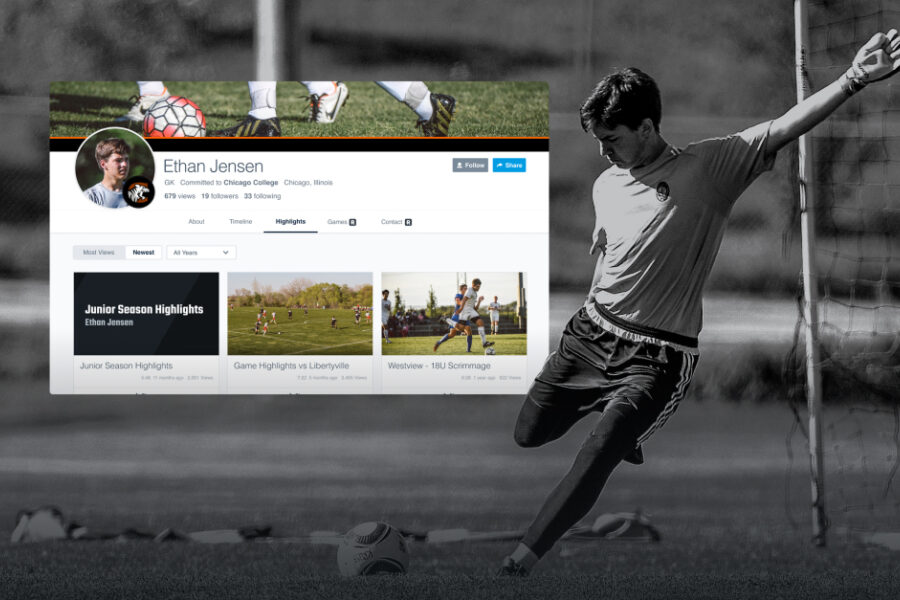How to inspire your players to take responsibility for their own performances.
The Definition of Player-Driven Development
“Player-driven development” is a term I use to describe active involvement of my athletes in reviewing video, analyzing games and goal setting. With coach support, an athlete more thoroughly engages in the learning process, extending beyond what is taught by the coach. An athlete’s thirst for learning is often inspired by the coach, as he or she starts taking responsibility to understand a competitive advantage over peers and opponents.
Inspiring the Whole Team
One can make a strong case that an athlete's determination is in their DNA. We have all seen or heard of athletes with incredible talent who fail to maximize their potential due to inadequate drive and aspiration. In my experience, these comparisons are all too often focused on the athlete’s failure to achieve elite performance. This mistake happens when we fail to see the potential of a non-elite performer’s growth. If we instead establish realistic goals based on the performance level, commitment and availability of our athletes, it is possible to create a thirst to improve in most players on a team. Here are a few key ingredients:
- Establish achievable tasks and differentiate the ability level of all tasks, so all members can succeed.
- Celebrate individual success privately and publicly—players love recognition.
- Provide flexibility for the players to select topics that excite them. Don’t force players to pursue dull topics.
- Establish reasonable timelines for completion and consider the length of commitment. I have found 15–20 minutes is about right with youth players.
- Include the parents in the plan as a mentor/player’s agent. There are many benefits of engaging parents, including demonstrating additional value of membership and highlighting the contribution of the coach.
Hudl Tools to Get Your Team Started
Hudl offers numerous tools to assist the coach in launching the player-driven development initiative. Here are the three that are most popular with my players.
- Player profile page with highlights: Over time, the player’s profile develops into a historic account of a player's progress and performances. My players enjoy creating highlights videos, drawing in clips from games, and adding cool titles and end slides. The player can share their highlights with coaches, teammates, recruiters, and with close family and friends (see image 1).
- Clips and playlists: As soon as the game film is uploaded to Hudl, the coach can provide players with access to watch film and create clips. It is extremely simple for players to generate clips and create a playlist featuring multiple clips from the same game; or a themed playlist with clips from different games (such as goals scored); or as illustrated in preparation for a player assessment meeting (see image 2).
- Box score reports: This feature of Hudl Assist represents game data in easy-to-read tables and charts. Initially, the coach can help players and parents to read the data in the context of the team’s performance, then empower players to draw conclusions and apply what they have learned to the next game. It’s a very powerful tool!
Steps to Implementation
In my experience, slow and steady wins the race as you plan to engage players and parents in player-driven development. Commence with a video conference or an in-person team meeting to introduce the player profile, reports and video review tools.
Next, establish a series of individual tasks and introduce these at a rate of one a week to get all the players engaged. Finally, proceed to group tasks and adapt the focus to tactical analysis.
With every step, make sure you provide players with encouragement and feedback so no player is left behind!
















